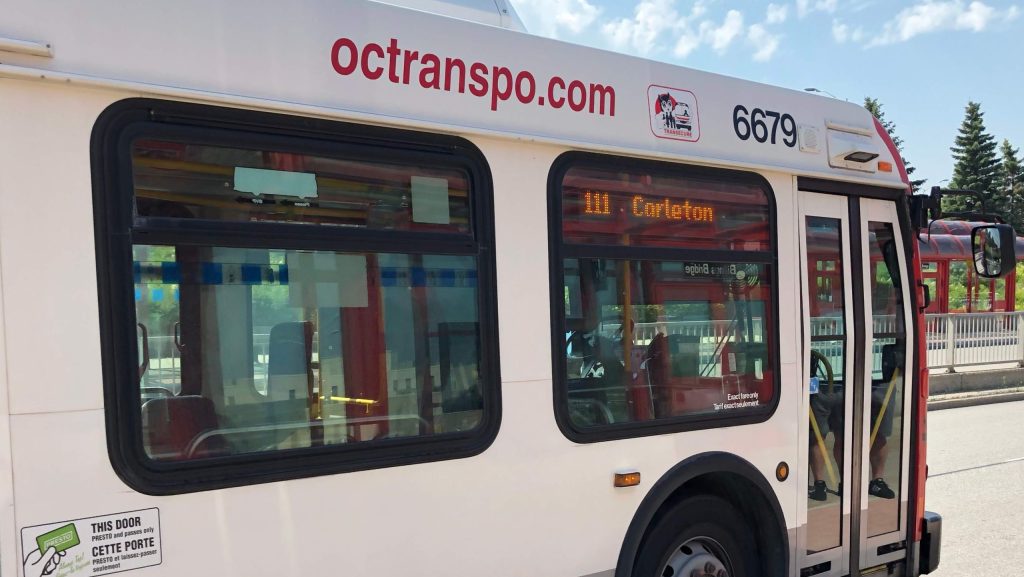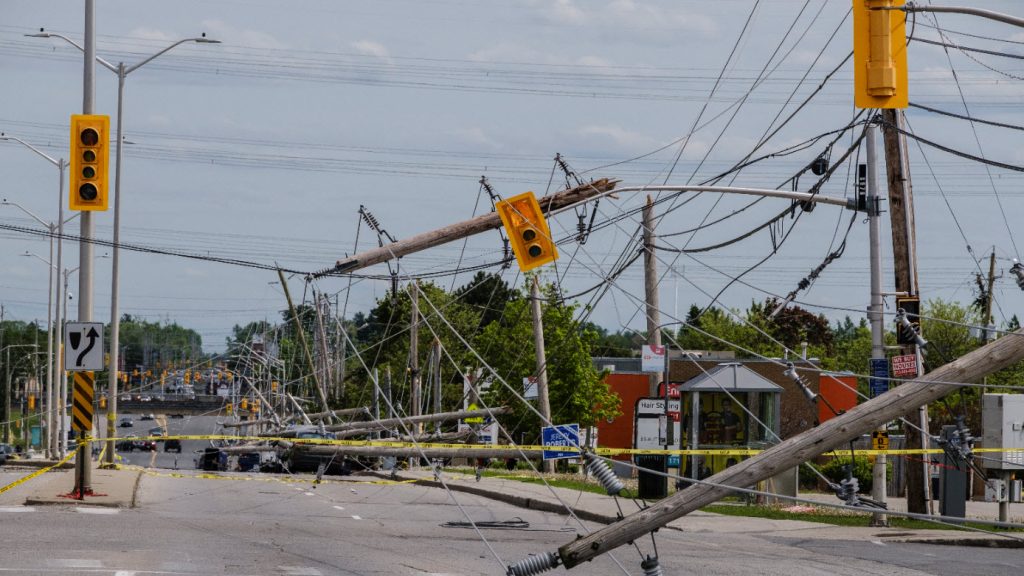Manor Park re-development a step in the right direction in cooling Ottawa’s housing market: advocacy group
Posted Mar 24, 2022 10:30:00 PM.
A new secondary plan to guide the proposed development in two specific areas of the Manor Park community has been approved by the City’s planning committee.
The committee approved the plan at its meeting on Thursday, March 24, explaining that the applicant plans to redevelop about 13 hectares of property over several decades.
That would mean about 3,800 residential units — nearly 10,000 square metres of commercial space and 16,000 square metres of park space — would result.
Manor Park North, located mostly west of St. Laurent Boulevard and north of Hemlock Road, would be developed with low-rise and mid-rise buildings.
Manor Park South, which includes mostly properties along Brittany Drive, would see more mid-rise and high-rise buildings.
The secondary plan would only take effect after the applicant signs a memorandum of understanding committing them to not displace any residents living in the 650 townhouses that exist on the site.
Affected residents would be given an option to relocate to an equivalent unit at the same rent within the area.
The agreement would also ensure at least 10 per cent of new rental units in each phase would be offered as affordable for a 20-year period.
Recommendations from Thursday’s meeting will go to council on Wednesday, April 3.
It’s a plan that hasn’t been a hit among some residents, and has often been deemed a “controversial re-development” of an historic neighbourhood that’s been over a year in the making.
Among the concerns is that long-time tenants could be forced out of the community and new units won’t be as affordable.
Dean Tester of Making Housing Affordable spoke with Ottawa’s planning committee and The Sam Laprade Show on Thursday to talk what the re-development means for the city’s housing crisis.
For Tester, he sees the re-development as a positive move for the city, especially when it comes to tackling the housing supply shortage.
“I really look at this development as the gold standard for what we ought to be doing, and my message to [the committee] was simple: ‘If we don’t approve this development, where are we going to build in the city? What are we going to do in this city? Because we desperately need housing,” Tester said.
“We have a huge housing shortage, prices have doubled in the last five years, [and] if you’re not already in the housing market, you’re really struggling to enter.”
And the way the developer has gone about making this re-development happen has been commendable, he added.
“I think this is a unique development in that the developer has gone way above and beyond in consulting the community and working with existing tenants with providing protections for people who are going to be temporarily displaced by construction and it’s providing affordable housing.”
It’s a shared responsibility as a city to welcome more developments, Tester added.
“We’re a great place to live and I want to be able to afford a home here so I can live the rest of my life here,” he said. “And I think most young people are in the same boat — and we want young people to stay in the city. We don’t want them commuting from an hour away… there’s a huge quality of life impact, a huge cost of living impact and there’s also an environmental impact.”
“It’s just not a great way to live for people.”








